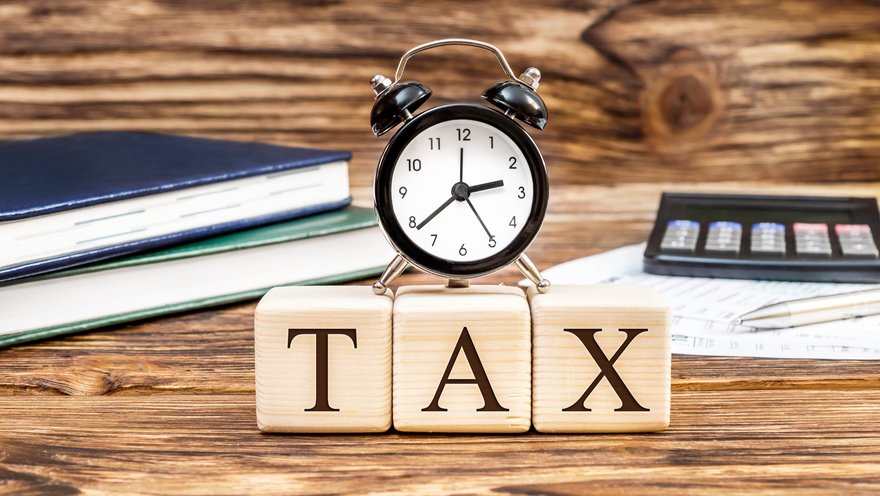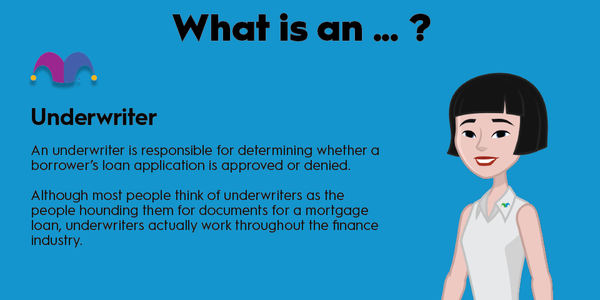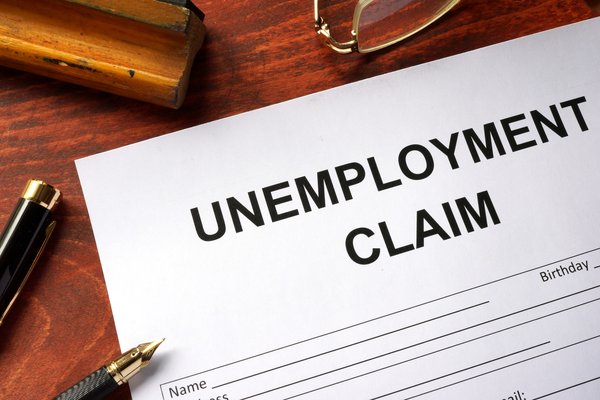A tax underpayment penalty is a fine from the Internal Revenue Service (IRS) for failing to pay enough in taxes throughout the year through paycheck withholdings and quarterly estimated taxes. The fine may still apply, even if the IRS owes you a refund in cases when you paid late.
But the fine is avoidable, and understanding when the IRS will or won't impose the underpayment penalty can help you save money when it comes time to file your taxes.

What is it?
What is a tax underpayment penalty?
The tax underpayment penalty is charged to taxpayers who don't have enough taxes withheld from their paychecks, pay enough estimated taxes, or pay their estimated taxes on time. If you're subject to a tax underpayment penalty, the IRS will send you a notice in the mail. Taxpayers can work through IRS Form 2210 to determine whether they owe a tax underpayment penalty when they file their taxes.
How much is it?
How much is a tax underpayment penalty?
A tax underpayment penalty is based on how much you underpaid in taxes and how late your payment was. The IRS charges interest at the federal short-term borrowing rate and tacks an extra 3 percentage points onto the annual percentage rate for the penalty. The IRS publishes the rates every quarter.
The good news is that an estimated tax payment that's late by a few days won't result in a massive penalty. However, if you don't pay any estimated taxes all year and then underpay your taxes, you could have a significant penalty to pay.
By working through Form 2210 and the accompanying worksheets, you can determine your tax underpayment penalty and interest yourself. Most tax software will calculate the penalty for you if you owe it. And the IRS will calculate the penalty for you in most cases.
How to avoid it
How to avoid the tax underpayment penalty
There are some very simple ways to avoid the tax underpayment penalty. The IRS provides a few safe harbors for taxpayers:
- Pay 100% of your previous tax year's liability. Take your entire tax liability from the previous year and divide it by four. Make sure any tax withholdings from your paycheck plus your estimated taxes add up to that amount. If your adjusted gross income exceeded $150,000 last year, you must pay 110% of last year's tax liability. Estimated tax payments are due April 15, June 15, September 15, and January 15.
- Pay 90% of the current year's tax liability. If your withholdings and estimated tax payments exceed 90% of your tax liability for the year, you'll be exempted from the tax underpayment penalty as long as you made all your estimated tax payments on time.
- Owe less than $1,000. If your tax payments are within $1,000 of your tax liability, you'll also be exempt if you made all payments on time.
One of the biggest sources of underpayment is not withholding enough from your paycheck. That's why you must ensure the Form W-4 filed with your employee is up to date and accurately reflects your finances. Problems often occur when a couple gets married and one or both partners do not fill out the W-4 to reflect the entirety of the household income accurately.
Check your paycheck withholding to make sure your effective tax rate looks like you would expect.
Related Investing Topics
Who it impacts
Who is most likely to pay an underpayment penalty?
Several types of people are likely to face a potential tax underpayment penalty.
- Self-employed persons. If you're self-employed with no W-2, all your taxes must be paid via quarterly estimated taxes. That can trip up a lot of new entrepreneurs who've never had to pay estimated taxes before.
- Investors with substantial interest payments, dividends, and capital gains. A big capital gain can result in a substantial tax bill. If you don't make an extra tax payment to account for that gain when you realize it, the IRS may hit you with a tax underpayment penalty.
- Landlords. If you generate income from a rental property, you need to pay taxes on that income, and the IRS expects those payments quarterly.
- Salespeople. Salespeople generate variable amounts of revenue and are often responsible for ensuring the taxes on their commissions are fully paid.
- Those who are retired. If your main source of income is from retirement account distributions, you'll have to pay taxes on withdrawals from a traditional IRA or 401(k). You can elect for your custodian to withhold taxes from the distribution, or you can pay quarterly estimated taxes yourself.
Most everyone else is unlikely to have to pay quarterly estimated taxes and can avoid the tax underpayment penalty, provided they've correctly filled out Form W-4 with their employer and the correct amount of tax is withheld from their paycheck.










